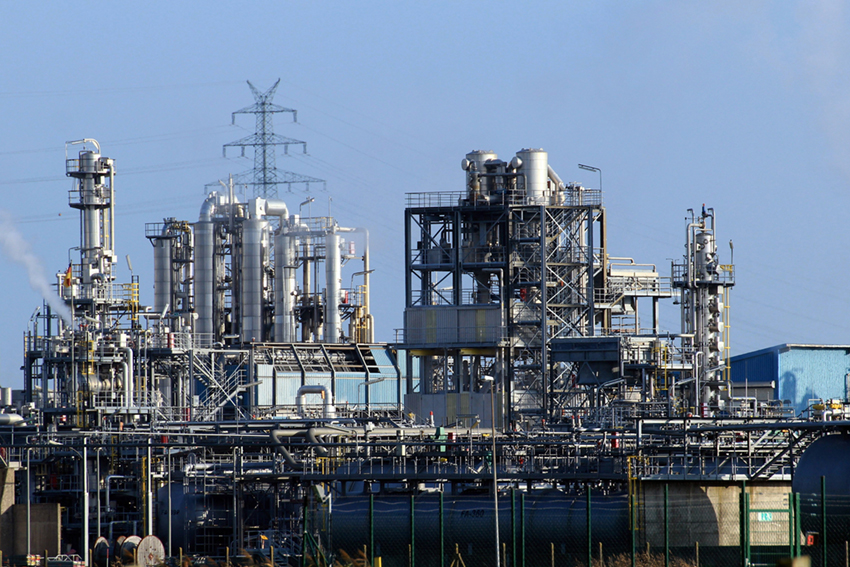Major industrial accident

Currently, there are 971 industrial facilities in Italy that use specific hazardous substances in their activities and are thus classified as being at "major accident risk." An accident in such facilities can lead to a fire, explosion, or toxic cloud with immediate or delayed severe danger to human health and the environment. The industrial risk of major accident is regulated by European legislation, which has also been established at the national and regional level following major accidents such as the Italian Seveso accident in 1976.
A major industrial accident can affect human health, the environment, and goods.
The effects on human health differ depending on the type of accident, the features of the substances released, their concentration, the length of exposure, and the amount of absorbed dose. In the case of fire, health effects are primarily related to the heat and combustion fumes (burns, respiratory damage, intoxication). In case of explosion, the effects are caused by the shock waves generated or the material throw (trauma). In the case of a toxic cloud, the effects are caused by inhalation, ingestion, or contact with the substance (discomfort, lacrimation, nausea, breathing difficulties, loss of consciousness).
The effects on the environment are linked to soil, water, and air contamination by the released substances.
Finally, the effects on goods involve damage to facilities and structures, such as collapses and broken windows.